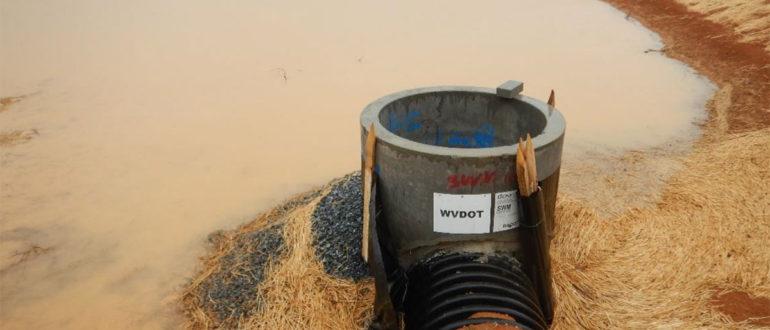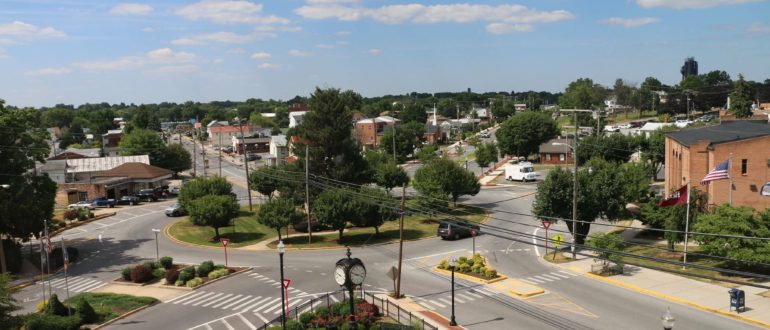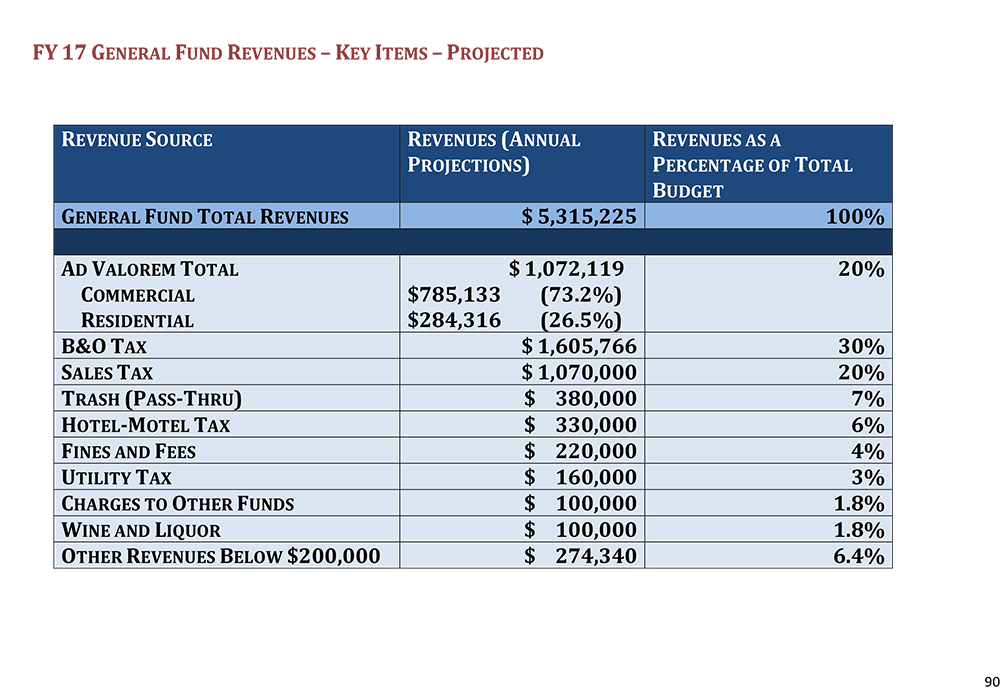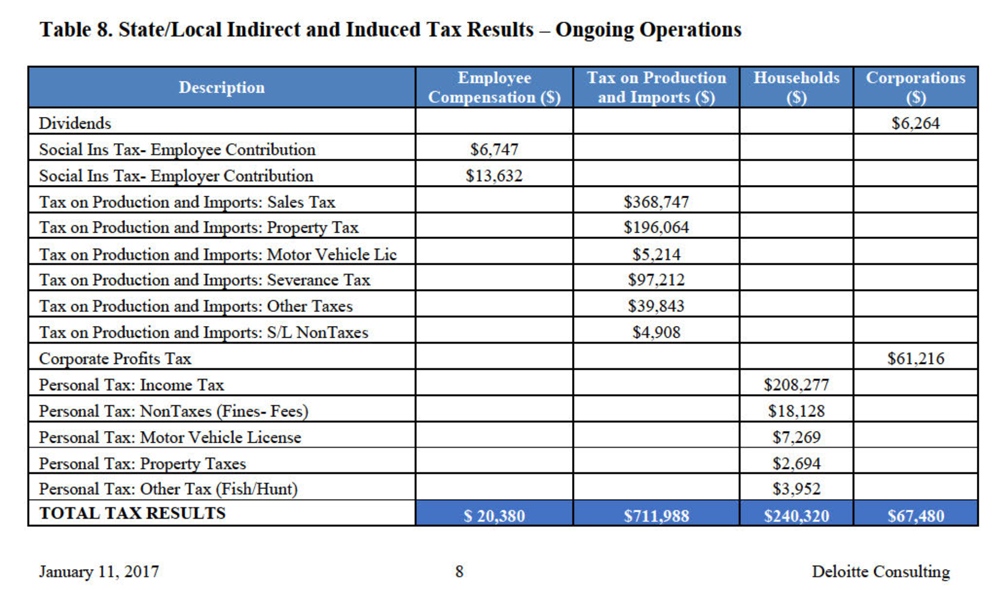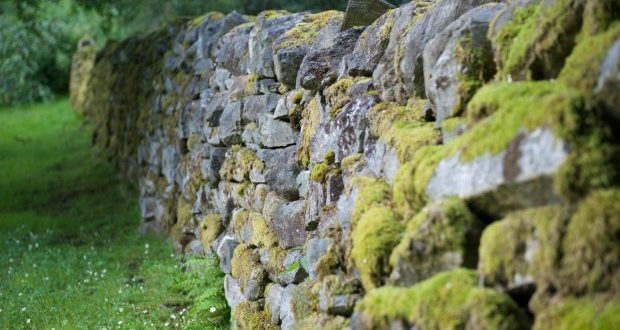Jefferson County Foundation sends Notice of Intent to File Suit
Ranson is administering the Northport Avenue road extension construction project — the road to Rockwool — for the West Virginia Department of Highways without a valid construction stormwater permit. The project has been inspected by the West Virginia Department of Environmental Protection (DEP) three times and each time, Ranson has had violations. Jefferson County Foundation filed a Notice of Intent to file suit on Friday, August 7. “Our hope is that Ranson will apply for a valid Construction Stormwater General Permit Registration (CGPR) under the 2019 General Permit,” states Foundation president, Christine Wimer. “We want the DEP to require Ranson and all such entities to obtain a valid construction stormwater general permit registration. And we want the EPA to require the DEP to abide by the EPA’s objection to the DEP allowing entities to continue to operate under the invalid and less protective 2012 permit.”
Background:
The Northport Avenue extension is a project administered by the City of Ranson for the West Virginia Department of Highways (WVDOH) to extend the road and utilities in front of Rockwool. It comprises approximately 0.65 miles (or approximately 3200 LF) of a multimodal Urban Local Road and utilities that will extend the existing Northport Avenue from West Virginia Route 9 to the northern boundary of the former Jefferson Orchards parcel with a reported limit of disturbance of 24.4 acres.
Ranson accepted bids for this project from February 13, 2019 to March 11, 2019. The project was awarded to Jefferson Asphalt on April 2, 2019 by a vote of the city council (Resolution #2019-13 – A Resolution of the City Council of Ranson, West Virginia Approving a Contract with Jefferson Asphalt for the Construction of Northport Avenue).
Permitting:
A Construction Stormwater General Permit Registration (CGPR) has been applied for three times for this project by the City of Ranson.
The CGPR application was first applied for, for this project on July 23, 2018 under the 2012 Construction Stormwater General Permit (CGP). This application was terminated on December 14, 2018, by the DEP for lack of response by Ranson to DEP requests.[1] Ranson started a second Construction Stormwater General Permit Registration application on January 9, 2019. The permit was issued less than a month later on February 6, 2019. In this application, it was stated that construction would start on February 1, 2019 and end by December 31, 2019. As this was less than one year, no public comment or public notice was provided for.
The last (chronologically) comment from the permit reviewer on February 5, 2019 stated:
“The re-issued permit, WV0115924, effective February 9, 2019 requires that all BMP’s listed in the application are required to be ENHANCED BMP’s. This permit can [be] found on our website:”
“All permits issued between Feb. 9, 2018 & Feb. 9, 2019 will be given an opportunity to submit a form stating that they will be following the new permit.
This permit application has shown that “silt fence” will be used rather than the Enhanced BMP “Super Silt Fence” or “Belted Silt Fence”. Please replace these in your application and make this correction on all of your maps and narrative showing that the Re-issued Permit will be followed.”
Clearly it was the intention of the DEP to approve the permit by February 9, 2019 to afford the city of Ranson the opportunity to qualify for this provision, and allow Ranson to avoid applying under the 2019 permit. This comment was at least partially addressed by the city. In the SWPPP, 4 of the 11 times that silt fence is referred to, it was updated to belted silt fencing. However, the much larger issue here is that the permit reviewer incorrectly implies that the only difference between the 2012 and 2019 is the Enhanced BMP. This is an egregious oversimplification. Most notably, this project would have to have a stand-alone project specific GPP (Groundwater Protection Plan) with a Karst Mitigation Plan. This was not done.
Nevertheless, after issuance of the permit registration on February 6, 2019, this project was not started in February as initially planned.
On June 7, 2019, a reissuance of the registration under the 2019 permit was applied for and granted on September 11, 2019. This application was incomplete with only 7 out of 20 sections submitted and provided for; no substantive changes to the actual stormwater handling. The only two changes were to the signature page, now referred to the 2019 general permit, and the timeline was lengthened to over one year. No actual review of this application seems to have been done with no comment or applicant comments recorded, and no record of review in the application tracking page.
The City of Ranson is now operating this project under this reissuance and has incurred multiple violations.
Northport Avenue: A Timeline
Issues:
The DEP seems to have rushed Ranson’s registration application for this project such that Ranson would avoid having to reapply under the 2019 permit. The DEP did so by approving the permit registration just two days before the deadline and less than 30 days after the application was first initiated. Only a cursory attempt was made 24 hours before the application was approved to bring it up to the standards of the 2019 general permit. Only a few words were changed and no substantive changes were made. Most notably, a Karst mitigation plan was not required. Several months later, prior to the start of construction, the permit was reissued under the 2019 general permit with no change to the substance of the application. The only change was to the timeline, which was lengthened from 11 months to more than 13. No public notice or comments were performed, as required by the permit conditions of the 2019 (and 2012) permit. Here in this case yet again we have no public notice and an end run around the 2019 permit conditions.
Though Ranson has a registration under the 2019 CGP, they do not have the required elements of that registration including a site-specific groundwater protection plan and a karst mitigation plan. Without these critical components Ranson is unable to meet the requirements of the 2019 and is effectively operating under the 2012 permit conditions. Therefore Ranson’s registration is invalid, and they are operating a construction project in violation of the Clean Water Act. Jefferson County Foundation hopes this letter persuades Ranson to apply for a valid registration under the 2019 permit, the DEP to require Ranson to do so, and the EPA to force the DEP to stop allowing entities to operate under the 2012 permit conditions.
Site inspection and violations:
The site has been inspected three times (February 6, March 11, and May 14) and incurred two notices of violations (February 6 and May 14). They repeatedly have the same violations and have even been found to have sediment-laden water leaving the construction site. Despite the warnings and violations Jefferson Asphalt seems unable to correct the errors. For example, they have been cited all three times for not having an outflow marker (permit cite evaluation number 4). Not only are they operating without a valid CGPR, but they are incurring multiple violations endangering the water resources of the county and region.
[1] Quoted directly from the Application Milestones page of the application RANSON, CITY OF New NPDES/State Storm Water Construction #1 WVR110004

